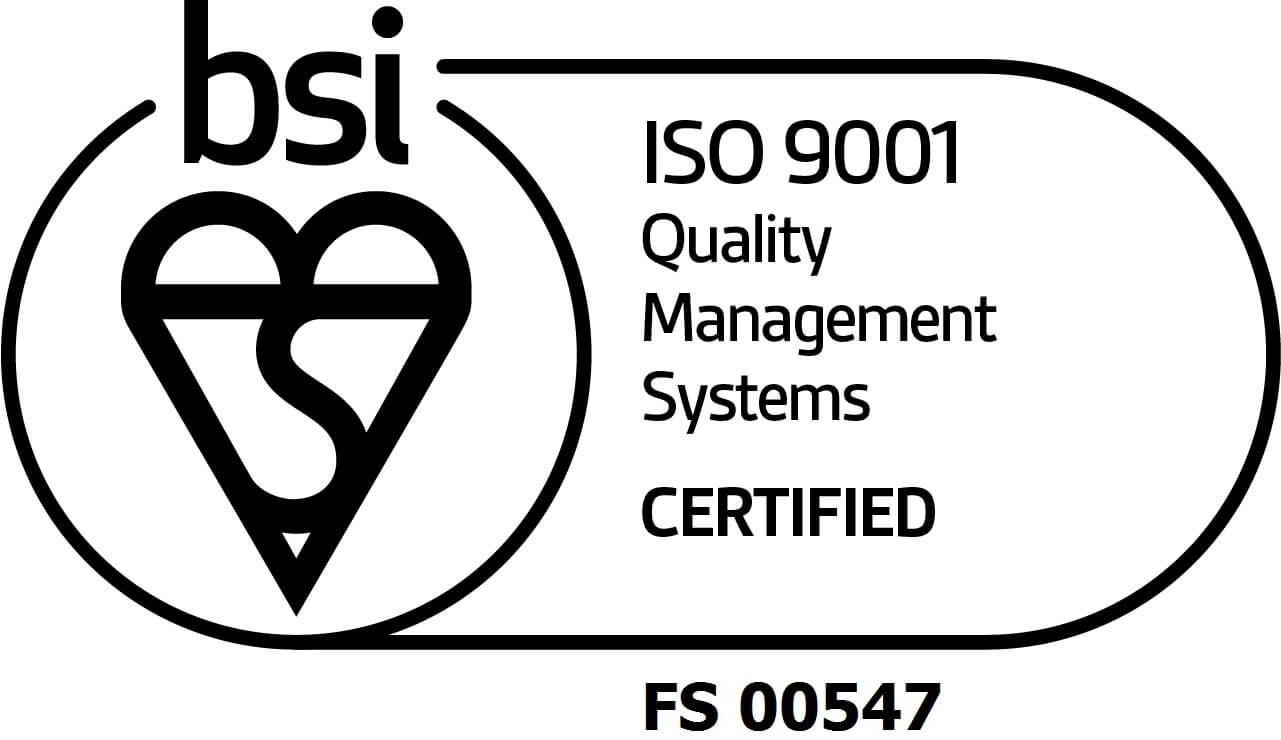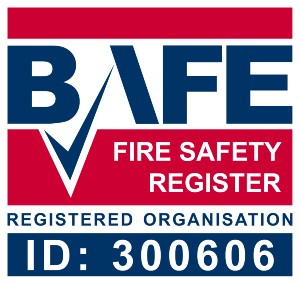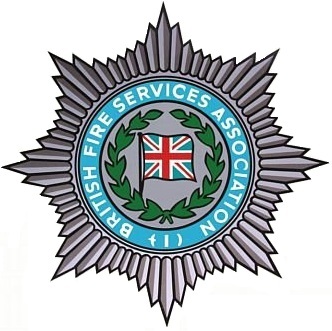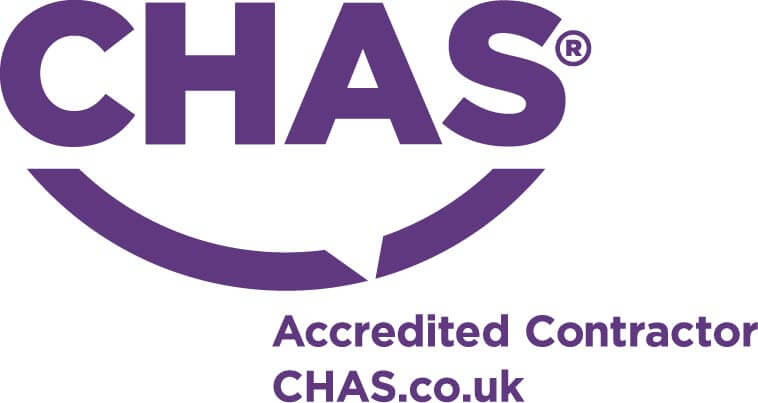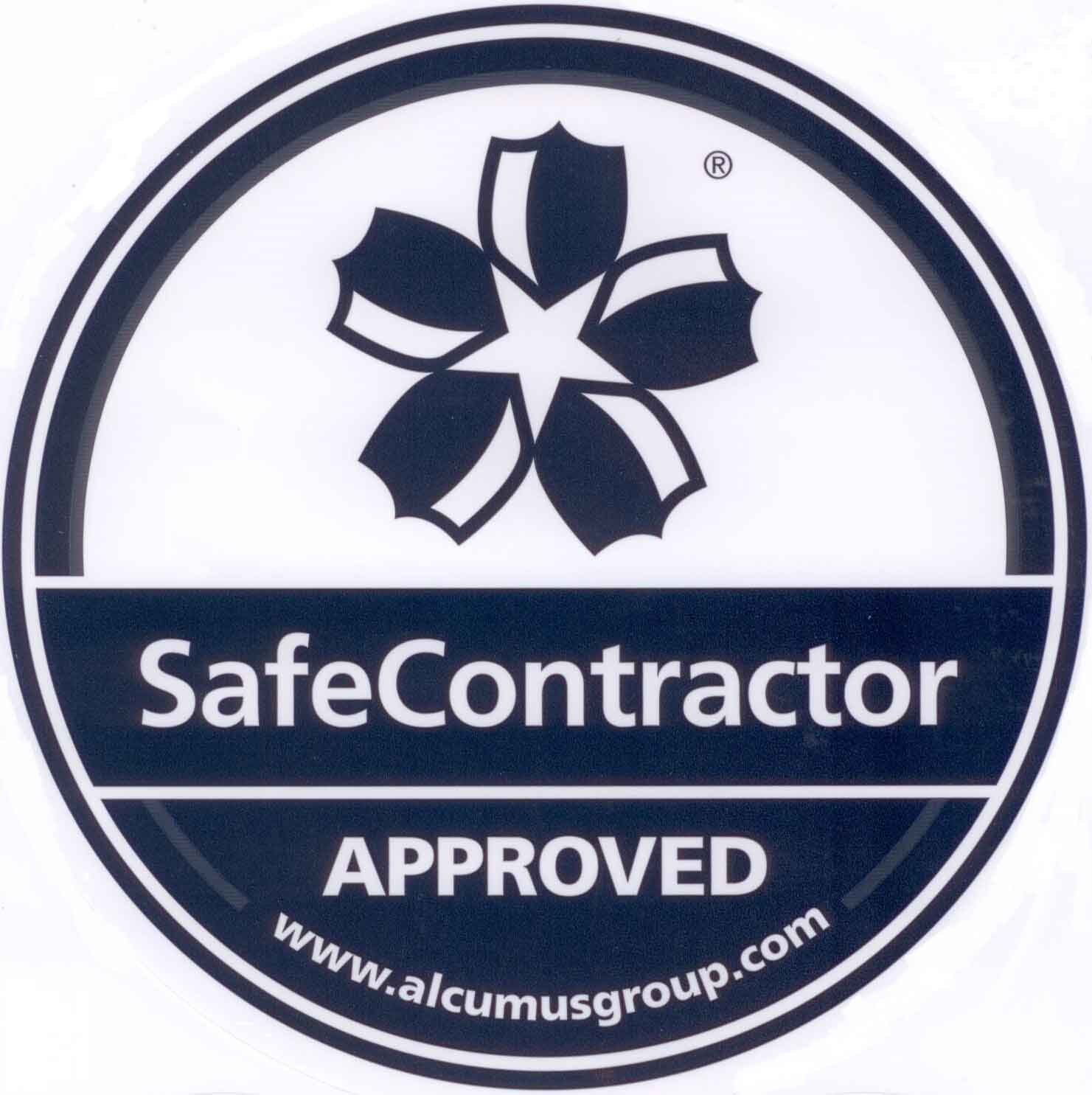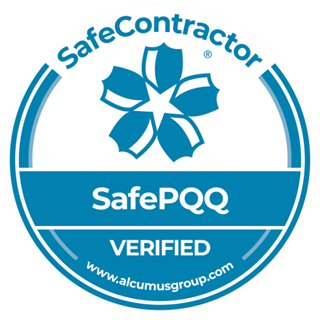Evacuation Procedures: Choosing your Assembly Point
The most important objective when a fire breaks out in any building is to get everyone out safely and quickly as possible. Whether your building is a block of flats or a large office space, a stringent, clear procedure needs to be followed by everyone inside to ensure an efficient evacuation.
A key point of any evacuation is choosing the right assembly point; but what is the best way to go about this?
- Assembly points should be situated in a large open space, one that is big enough to safely accommodate everyone from your building.
- A back up assembly point should be established for use in the event that your primary location cannot be used for whatever reason.
- The assembly point must be easily reachable from your building.
- The location must be at least 50ft away from your building (this is for extra safety in case the fire was to cause your building to collapse)
- Ensure that your meeting point does not obstruct emergency services – places like car parks are off limits as they made need these to provide assistance.
- Open areas that are within other structures, such as gardens, courtyards etc are off limits.
As well as the assembly point being in the right location, the path to said point must adhere to a number of criteria. It must be unobstructed at all times, clearly signposted and well lit in order to make exit as easy as possible. It should avoid winding corridors that can easily confuse people, and where possible the use of staircases should be avoided in order to help those in wheelchairs or with limited mobility. It is also important that the assembly point itself is free of other dangers. Things like busy roads should be avoided, as they can pose a safety risk when people are coming out of the building, especially as they may be quite panicked about the emergency situation.
You should have an informative, clear evacuation plan in place for your staff and any visitors to your building, and your staff should be fully informed and knowledgeable about the procedures required in order to assist people with their evacuation and ensure nobody is confused or gets lost when the time comes to evacuate. If you have regular visitors, such as contractors or other external work-related visits, ensure they sign a logbook and also, where possible, wear a lanyard or tag that identifies them as visitors – this allows them to be accounted for when head counts are carried out after evacuation.
Here at City Fire Protection, we are proud to offer the highest quality fire safety equipment and training to businesses nationwide. For more information about what we do, please feel free to get in touch today and we’ll be more than happy to help you.



